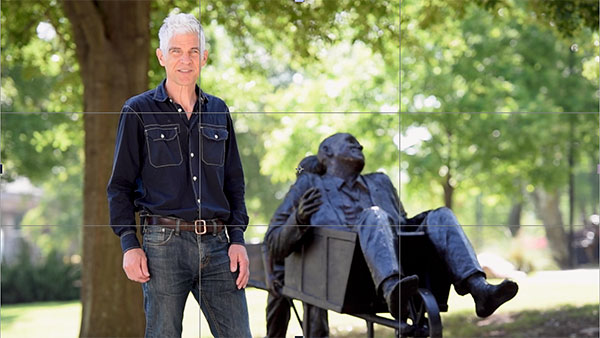Photos and video are useful and engaging tools for communicating. The choice of images should support the UA Little Rock branding messages.
Photos
Student life photos should be unposed (candid), emotional and used to tell a story. If candid photos aren’t possible, photograph people (especially students) in places that pertain to their interests such as a lab, library, classroom or an interesting office. Images should feel relaxed, casual, and confident.
What to Avoid
- Subjects wearing logos from other universities
- Situations where safety procedures are not being followed
- Subjects in front of signs
- Branded products like Coke bottles or Starbucks
- Low resolution/poor quality imagery. The resolution should be at least 300 dpi for print images with a minimum length of six inches. While stock photography is an option, it is not the preferred option.
- Awkwardly cropped photos
- Avoid eyeglasses that automatically dim in bright light and be aware that safety glasses are highly reflective and will leave a white stripe across the lens

Things to Remember if We Are Shooting an Assignment for You

- Have any key decision maker who will determine the suitability of the final product involved before the shoot.
- We might need to visit to determine the best spot for location shoots. The broadcast media director and the photographer/videographer will review your request and decide the best way to proceed.
Helpful Tips to Getting the Best Photo or Video

- Location should be free of anything you do not want to appear in the photo/video.
- Avoid highly reflective objects in the background such as windows, mirrors, shiny wallpaper, monitors, etc.
- Avoid setting up in high-traffic areas or noisy areas for video.
- The number of people in the photo will help determine the most suitable location.
Videos
If you’re interested in shooting video, the following fundamental best practices can help you. These guidelines are an extension of the University of Arkansas at Little Rock Style Guide
To create compelling and informative videos, please follow this video production checklist:
- Define the goal of your video and how you will measure its success
- Decide what story you’re trying to tell
- Identify your audience and where your video will be posted
- Set a timeline for the project
- Draft a storyboard/script
Writing the Script
- Write in as conversational and as friendly a tone as you can.
- Use short sentences
- Write for the ear – not for the eye (most people will only hear the video narration so you can be informal, use contractions, etc.)
- Read your script out loud (then you’ll hear where you need to make changes)
Production
Here are some suggestions for getting good video footage:
- Use a tripod
- When shooting outdoors, keep the sun behind you
- When shooting indoors, beware of excessive light from windows in the background
- Avoid zooming
- Use an external microphone
- Do a sound check and use headphones to listen for background noise. If there is too much noise, find another location
- Do multiple takes and consider a mix of wide/medium/close shots
- Get subject to sign photo/video consent form
- Use the rule of thirds when framing your subjects. Where the lines intersect suggests that these points are the best places to position your subject.

Editing
Consider these tips when editing your video:
- Avoid flashy transitions and effects
- Avoid copyrighted music or video
- One to two minutes is an optimum length for online video. If you must use a longer video, break it up into smaller, standalone chunks
- Output the final video in MP4 format, which can be played by most media players and mobile media devices
Typography, Color and Logos
The UA Little Rock visual brand uses the Myriad Pro typeface. Please ensure adequate contrast between the text and the background for legibility. Do not use any filters on text such as drop shadows, outlines (strokes), glows, etc., as the text might not render well in video format.
All colors used in video graphics should adhere to the Official University Colors.
Use of the UA Little Rock logo should be consistent with our style guide. The full color logo is the preferred version and should be used wherever possible.
Copyright Considerations for Instructors
Be sure you have the right to use any videos that you want to add to your courses. Please review these resources:
- The Essential Copyright: A Guide to Copyright in the Educational Setting (UNC Charlotte Atkins Library)
- Fair Use and Copyright (Center for Media & Social Impact at American University)